The Nissan Skyline’s journey from a classic sedan to the iconic GT-R supercar is a captivating tale of innovation, performance, and cultural impact. Initially introduced in 1957 by the Prince Motor Company, the Skyline began its life as a modest four-door sedan. Its transformation into a legendary high-performance vehicle highlights the rich history and evolution of the Nissan Skyline, making it a cornerstone in the world of Japanese sports cars. This article delves into the pivotal stages of the Skyline’s evolution, from the inception of the GT-R lineage in 1966 to the technological marvels of the R34 model. The Skyline GT-R’s contribution to motorsport history, notably its dominance in the Japanese Touring Car Championship and the Australian Touring Car Championship, underscores its engineering prowess. These victories earned the R32 GT-R the nickname “Godzilla,” a testament to its formidable track presence. In recent years, the Nissan Skyline, particularly the R32 and R34 GT-R models, has seen a surge in collector interest, with auction prices often exceeding $100,000. This reflects not only the car’s legendary status but also its influence on popular culture, with appearances in films and video games like “The Fast and the Furious” and “Gran Turismo.” As Nissan hints at reviving the Skyline nameplate with electric and hybrid technology, this article will explore the implications of these developments and the Skyline’s enduring legacy. Understanding the Nissan Skyline’s history and evolution offers valuable insights into its significance in automotive culture and its future trajectory.
The Beginnings (1957-1972)
The Origins of the Nissan Skyline
The Nissan Skyline’s journey began in 1957, introduced as the Nissan Skyline 1500, a luxurious four-door sedan crafted by the Prince Motor Company. At its inception, the Skyline was designed to cater to Japan’s burgeoning middle class, aiming to provide comfort and sophistication. The introduction of the Skyline marked Prince’s ambition to combine luxury with advanced engineering, setting the stage for its future evolution into a performance leader.
Transition to Nissan: A New Era
In 1966, the automotive landscape saw a significant shift with the merger of Prince Motor Company and Nissan, which marked a pivotal moment in the Nissan Skyline history. This merger infused new life into the Skyline brand, steering it towards higher performance standards. The introduction of the Skyline GT-R (model code: PGC10) in 1969 was a defining moment. This model boasted a 2.0L inline-six engine, which was a technical marvel for its time, laying the foundation for the Skyline GT-R history and its reputation as a performance powerhouse.
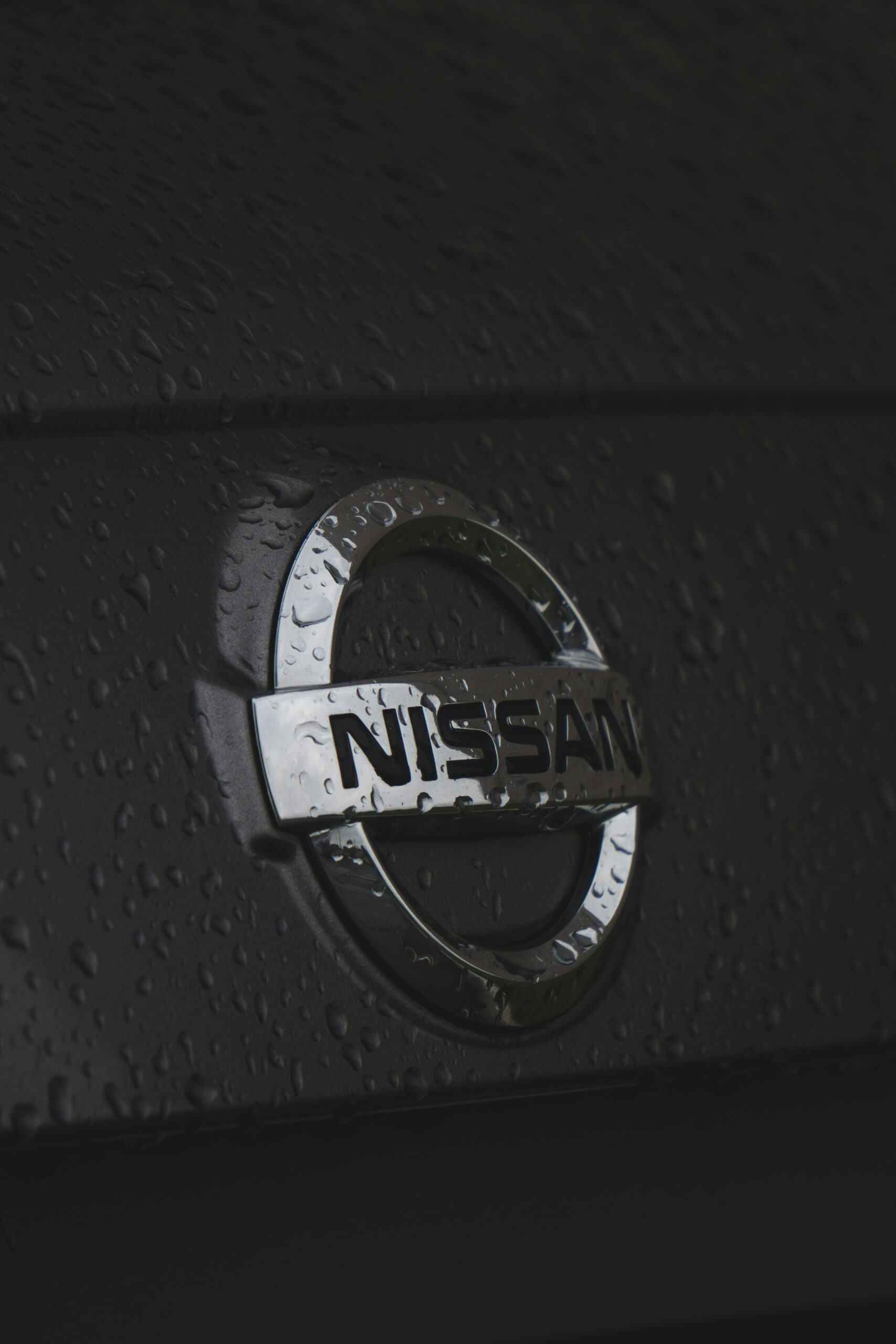
Photo by Mikhail Pushkarev on Unsplash
The Birth of a Racing Legend
The late 1960s and early 1970s marked the Skyline’s transition from a luxury sedan to a racing legend. The Skyline 2000GT, equipped with a powerful engine and superior handling, became a formidable competitor on the racetrack. Its dominance in local motorsport events helped cement the Skyline’s reputation as a capable performance vehicle, inspiring a generation of Japanese sports cars.
The 1971 introduction of the Kenmeri Skyline (model code: KGC10) further emphasized the Skyline’s racing pedigree. Although its production was cut short due to the oil crisis, the Kenmeri became iconic for its design and performance, capturing enthusiasts’ imaginations and reinforcing the Nissan Skyline’s role in the evolution of Nissan Skyline models.
Performance and Innovation: Key Factors
Throughout its early years, the Skyline’s development was characterized by a focus on innovation and performance. This commitment to engineering excellence was evident in the GT-R’s technical specifications, including its advanced suspension systems and robust powertrains. The Skyline GT-R’s success in motorsport was not simply a product of raw power; it was the result of meticulous engineering and a dedication to achieving a balance between power and agility.
One of the critical factors contributing to the Skyline to GT-R evolution was the integration of technological innovations that enhanced driving dynamics. These innovations set a precedent in the automotive industry, influencing the design and performance standards of future Japanese sports cars.
Legacy and Influence
The early years of the Nissan Skyline laid a solid foundation for its future as a legendary supercar. The combination of luxury, performance, and technological innovation during this period established a blueprint that would guide the Skyline’s evolution into the GT-R supercar era. This period in the Nissan Skyline history and evolution is a testament to the brand’s commitment to pushing boundaries and redefining expectations.
As the Skyline transitioned from a classic sedan to a formidable contender on the track, it not only captured the hearts of enthusiasts but also paved the way for future models to continue this legacy. The Skyline’s early history is a story of transformation, innovation, and the relentless pursuit of excellence that continues to inspire new generations of automotive enthusiasts worldwide.
The Evolution of the Skyline GT-R (1973-1999)
Introduction of the First GT-R and Its Racing Heritage
The Nissan Skyline GT-R’s journey began in 1969, setting the stage for a legacy that would redefine Japanese sports cars. Initially, the GT-R badge was introduced on the Prince R8 model, but the true performance lineage commenced with the PGC10 Skyline GT-R in 1969, featuring a 2.0L inline-six engine. This model quickly became a cornerstone of Nissan’s racing success. By the early 1970s, it had established itself as a formidable competitor in motorsport, particularly in the Japanese Touring Car Championship (JTCC). The PGC10 and subsequent KPGC10 (‘Kenmeri’) variants won numerous races, cementing the GT-R’s reputation as a powerhouse on the track.
Evolution through the ’70s: Challenges and Innovations
The 1970s were a period of both triumph and challenge for the Skyline GT-R. The Kenmeri Skyline, introduced in 1971, was celebrated for its design and performance. However, the oil crisis of the early ’70s led to a hiatus in GT-R production, with Nissan pivoting towards more fuel-efficient models. Despite this, the impact of the early GT-R models on motorsports and car culture was indelible, leaving enthusiasts yearning for its return. This period highlighted both the potential and the vulnerability of performance-focused vehicles in an era of economic uncertainty.
The Return in the ’80s: R32 Skyline GT-R
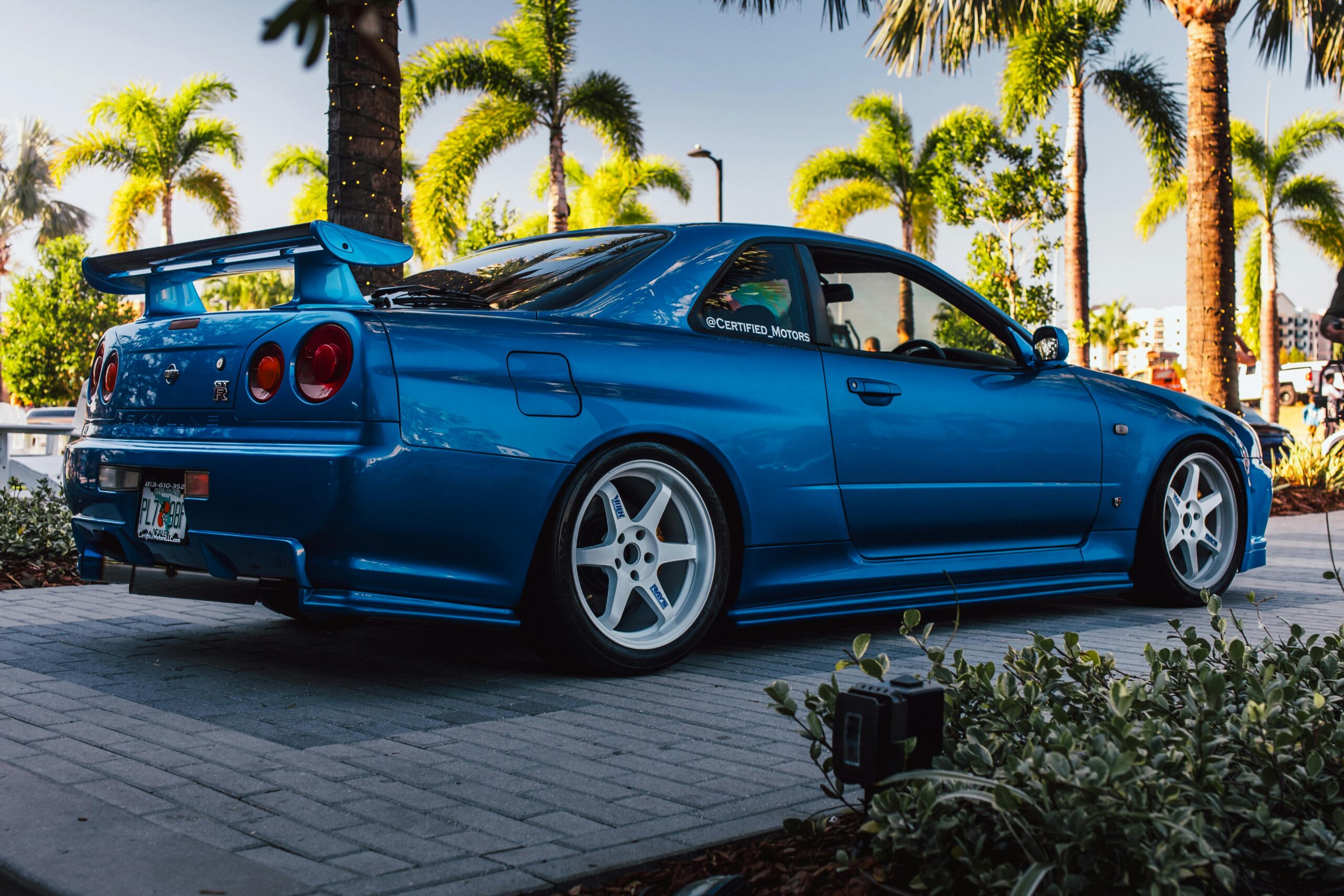
Photo by Bradikan .Cars on Pexels
After a long hiatus, Nissan revived the GT-R with the R32 Skyline in 1989, a model that would become legendary. The R32 was equipped with the revolutionary RB26DETT engine, a 2.6L twin-turbo inline-six, marking a significant leap in performance capability. This model introduced the ATTESA E-TS all-wheel-drive system and the Super-HICAS four-wheel steering, technologies that enhanced handling and stability. These innovations allowed the R32 to excel in Group A racing, earning the nickname “Godzilla” for its dominance in Australia. Approximately 11,000 units were produced, making it a coveted collector’s item today.
The ’90s: Continued Evolution with the R33 and R34
The ’90s were pivotal in the evolution of the Skyline GT-R, with the introduction of the R33 in 1995 and the R34 in 1999. The R33 GT-R improved upon its predecessor by offering a more refined driving experience, addressing criticisms of the R32’s rawness. The R34 GT-R took this evolution further, becoming iconic for its advanced technology, including the Nissan Multi-Function Display (MFD) which provided real-time data on performance metrics. This model maintained the RB26DETT engine, delivering 280 hp and 392 Nm torque, allowing it to achieve 0-60 mph in approximately 4.9 seconds.
Technological and Performance Enhancements
The evolution from the R32 to the R34 Skyline GT-R was marked by several technological advancements. Each iteration saw improvements in aerodynamics, engine performance, and handling precision. The R32 introduced the world to Nissan’s advanced all-wheel-drive and steering systems, which became a staple in subsequent models. The R33 refined these systems, offering better weight distribution and enhanced cornering capabilities. The R34 further pushed boundaries with its emphasis on driver information and interaction, a precursor to the digital interfaces seen in today’s sports cars.
Motorsport Achievements and Cultural Impact
The Skyline GT-R’s achievements on the racetrack contributed significantly to its legendary status. Its dominance in the JTCC and success in international competitions solidified its reputation as a high-performance vehicle. Beyond the racetrack, the Skyline GT-R became a cultural icon, especially in the 1990s and 2000s. It was featured prominently in video games such as “Gran Turismo” and movies like “The Fast and the Furious,” influencing a new generation of car enthusiasts and increasing its desirability and value in the collector market.
Actionable Tips for Enthusiasts
For collectors, focus on models with a documented service history and original parts to preserve and potentially increase value.
Join enthusiast clubs and online forums to stay informed about restoration resources and connect with other fans.
Conclusion: Legacy and Future Implications
The evolution of the Skyline GT-R from 1973 to 1999 is a testament to Nissan’s commitment to engineering excellence and innovation. As the automotive industry shifts towards electrification, the potential revival of the Skyline nameplate with hybrid or electric technology is eagerly anticipated. The legacy of the GT-R continues to inspire both car enthusiasts and manufacturers, ensuring its place in automotive history as a symbol of performance and technological prowess. As interest in classic Japanese sports cars grows, the Skyline GT-R remains a beacon of innovation and cultural significance, promising an exciting future for this storied nameplate.
Entering the Modern Era: R34 and the Transition to GT-R (1999-2002)
Introduction to the R34 Skyline GT-R
The R34 Skyline GT-R, introduced in 1999, marked a pivotal moment in the Nissan Skyline history and evolution. Revered among enthusiasts, the R34 symbolized the peak of Japanese sports car engineering before the transition to the modern GT-R. This model was a culmination of decades of innovation and performance, embodying the essence of the Skyline to GT-R evolution.

Photo by Tnarg on Pexels
Technological Innovations
The R34 GT-R was a technological marvel, setting benchmarks that influenced future automotive designs. It featured the legendary RB26DETT engine, a 2.6-liter, twin-turbo inline-six, producing 280 horsepower and 392 Nm of torque. This powerplant was renowned for its robustness and tuning potential, allowing enthusiasts to extract even more performance. The inclusion of the ATTESA E-TS all-wheel-drive system ensured superior traction and handling, a key factor in its dominance on both road and track.
One of the most groundbreaking features was the Nissan Multi-Function Display (MFD). This advanced system provided real-time data on vehicle performance, including turbo boost pressure, oil temperature, and lap times, a first in production cars. This innovation not only enhanced the driving experience but also set the stage for modern performance car interiors.
Performance and Legacy
The R34 GT-R’s capabilities were not just theoretical. It could accelerate from 0-60 mph in approximately 4.9 seconds, reaching top speeds around 165 mph. These metrics placed it among the fastest Japanese sports cars of its time, earning it a revered status in the Skyline GT-R history.
In motorsport, the R34 continued the Skyline’s legacy of success. It was a formidable competitor in events like the Super Taikyu series, showcasing its engineering prowess. This track success bolstered the Skyline’s reputation, further cementing its status as an icon in Japanese sports cars.
Collector’s Market and Cultural Impact
Today, the R34 GT-R is a highly sought-after collector’s item, with pristine examples fetching upwards of $200,000 at auctions. This surge in value reflects its historical significance and the deep emotional connection it holds for enthusiasts. Its appearance in popular culture, notably in movies like “The Fast and the Furious” and video games such as “Gran Turismo,” has only amplified its desirability among younger generations.
Actionable Tips for Enthusiasts
Collecting: When purchasing an R34 GT-R, ensure it has a documented service history and original parts to maintain value and authenticity.
Community Engagement: Joining Skyline enthusiast clubs can provide valuable resources for restoration and maintenance, as well as a community of like-minded individuals.
The Transition to Modern GT-R
The R34 represented the final chapter in the classic Skyline lineage before Nissan transitioned to the standalone GT-R series. This shift was a strategic move to position the GT-R as a global performance brand. The technological advancements and engineering philosophy of the R34 directly influenced the R35 GT-R, launched in 2007, which continued to push the boundaries of performance and innovation.
In conclusion, the R34 Skyline GT-R not only epitomized the pinnacle of Nissan Skyline models but also set the foundation for the modern GT-R era. Its blend of technology, performance, and cultural impact ensures its legacy endures in the annals of automotive history.

Photo by GMB VISUALS on Pexels
The GT-R Era (2007-Present)
The Introduction of the Nissan GT-R
The GT-R era, beginning in 2007, marked a pivotal chapter in the Nissan Skyline’s evolution. Breaking away from the Skyline name, the GT-R emerged as a standalone model, carving its niche among Japanese sports cars. This transition maintained the lineage’s high standards of performance and innovation, reflecting the legacy of the Skyline GT-R history while setting new benchmarks.
Technological Prowess and Performance
The 2007 Nissan GT-R, often referred to as the R35, was a technological marvel. It housed a 3.8-liter twin-turbo V6 engine, producing 480 horsepower and 430 lb-ft of torque. This powerhouse allowed the GT-R to accelerate from 0-60 mph in just 3.5 seconds, a feat that challenged traditional supercars. The car’s advanced ATTESA E-TS all-wheel drive and sophisticated suspension system offered unprecedented handling, a hallmark of the Skyline to GT-R evolution.
Achievements and Records
Since its debut, the Nissan GT-R has amassed numerous accolades. It famously set a lap time of 7 minutes and 29 seconds at the Nürburgring Nordschleife in 2009, a record for production cars at the time. This achievement solidified its reputation in the automotive world, earning the nickname “Godzilla,” echoing the prowess of its predecessors in motorsport history. The GT-R’s blend of performance and affordability made it a favorite among automotive enthusiasts worldwide.
Market Impact and Recognition
The GT-R’s influence extended beyond the track, affecting the market for Japanese sports cars. Its advanced features, such as the multifunction display providing real-time performance data, set a precedent for modern sports cars. This innovation, reminiscent of the advanced displays found in the R34, catered to tech-savvy drivers seeking detailed insights into their vehicle’s performance. The GT-R’s success inspired other manufacturers to innovate, raising the bar for performance vehicles globally.
Collector’s Interest and Value
The GT-R’s legacy has also fueled interest in its predecessors, with classic Nissan Skyline models becoming coveted collector’s items. The GT-R’s enduring appeal and historical significance have driven prices of well-maintained R32 and R34 models to skyrocket, often exceeding $100,000 at auctions. This trend underscores the increasing rarity and desirability of these iconic vehicles.
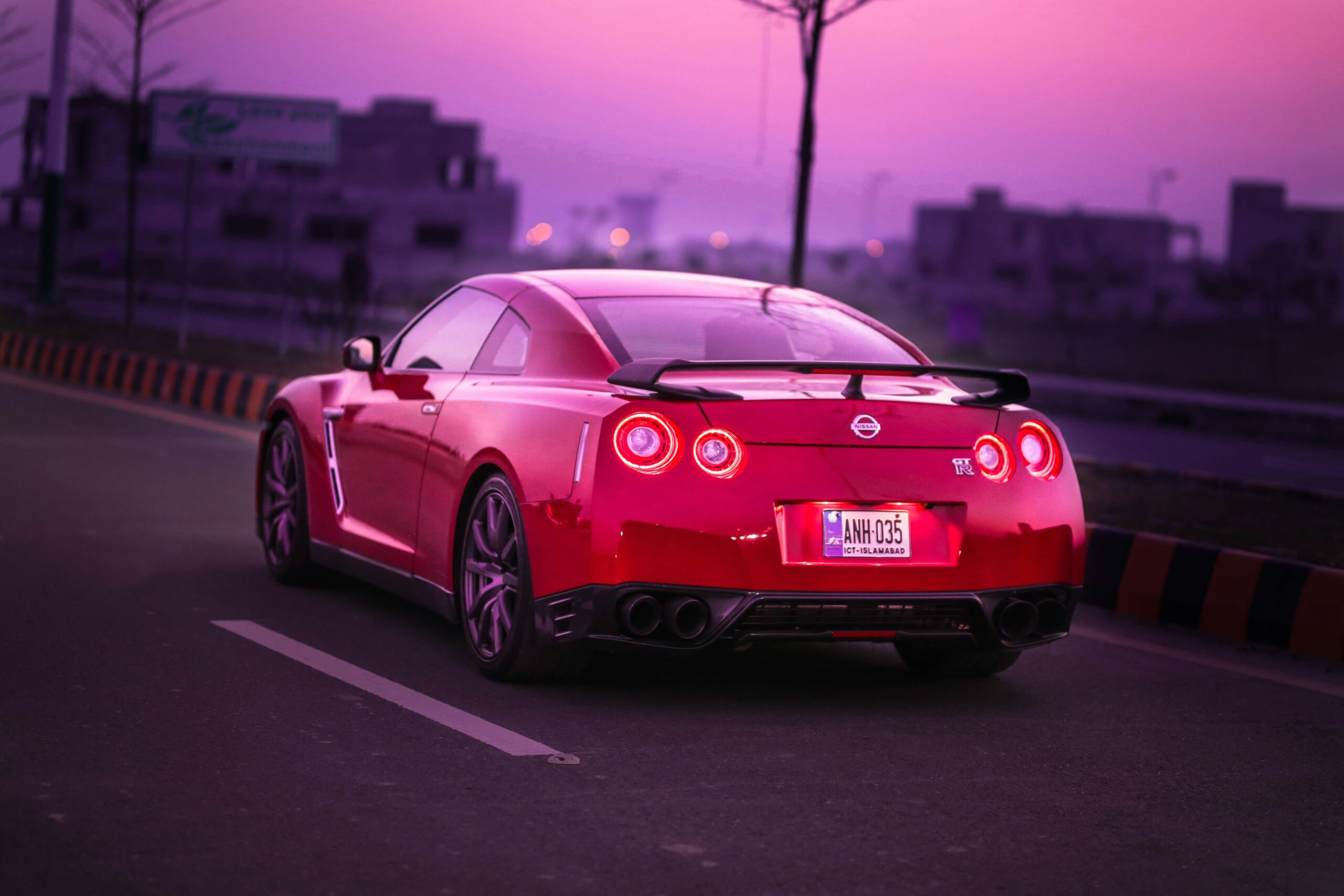
Photo by osama ghouri on Unsplash
Practical Advice for Enthusiasts
For potential buyers, focusing on models with a documented service history is crucial. Original parts and minimal modifications enhance the vehicle’s value and authenticity. Joining enthusiast clubs and forums can provide valuable resources for restoration and maintenance, ensuring these cars remain in pristine condition.
Future Outlook
Looking ahead, Nissan’s commitment to sustainability hints at an electrified future for the GT-R. With global trends shifting towards eco-friendly vehicles, the introduction of hybrid or fully electric GT-R models seems plausible. This transition could blend the traditional performance legacy with modern technology, aligning with the broader automotive industry’s direction.
In conclusion, the GT-R era has redefined Nissan’s performance car lineup, building on the rich history of the Skyline GT-R. Its achievements in the automotive world and its impact on Japanese sports cars continue to resonate, ensuring its place in history as a legendary supercar. As the landscape evolves, the GT-R’s legacy will undoubtedly inspire future innovations, cementing its role as a pioneer in performance and technology.
Conclusion
The Nissan Skyline’s evolution from a classic sedan to a legendary supercar encapsulates a remarkable journey that has left an indelible mark on automotive history. From its humble beginnings in 1957 to the performance icon recognized today, the Skyline has consistently set benchmarks in technology, design, and motorsport achievements. The Skyline GT-R, renowned for its revolutionary RB26DETT engine and all-wheel-drive capabilities, has become a cultural icon, celebrated in video games and films. This transformation underscores the Skyline’s engineering excellence and its pivotal role in shaping Japanese sports cars.
The Skyline’s motorsport success, especially the R32 GT-R’s dominance in the Japanese Touring Car Championship, highlights its competitive edge. As Nissan hints at reviving the Skyline with electric and hybrid technologies, enthusiasts eagerly anticipate how this iconic nameplate will adapt to modern performance and sustainability trends.
Actionable Next Steps
For Enthusiasts: Engage with online forums and clubs to deepen your understanding of Skyline models and share restoration tips.
For Collectors: Focus on acquiring models with original parts and a documented history to maximize their investment potential.
In conclusion, the Nissan Skyline’s storied legacy offers more than just a glimpse into automotive innovation; it provides inspiration for future developments. By embracing its rich history and anticipating its electrified future, car enthusiasts and collectors can appreciate the Skyline’s lasting impact. Explore the fascinating world of the Skyline GT-R, celebrate its achievements, and join a community passionate about preserving this automotive legend for future generations.

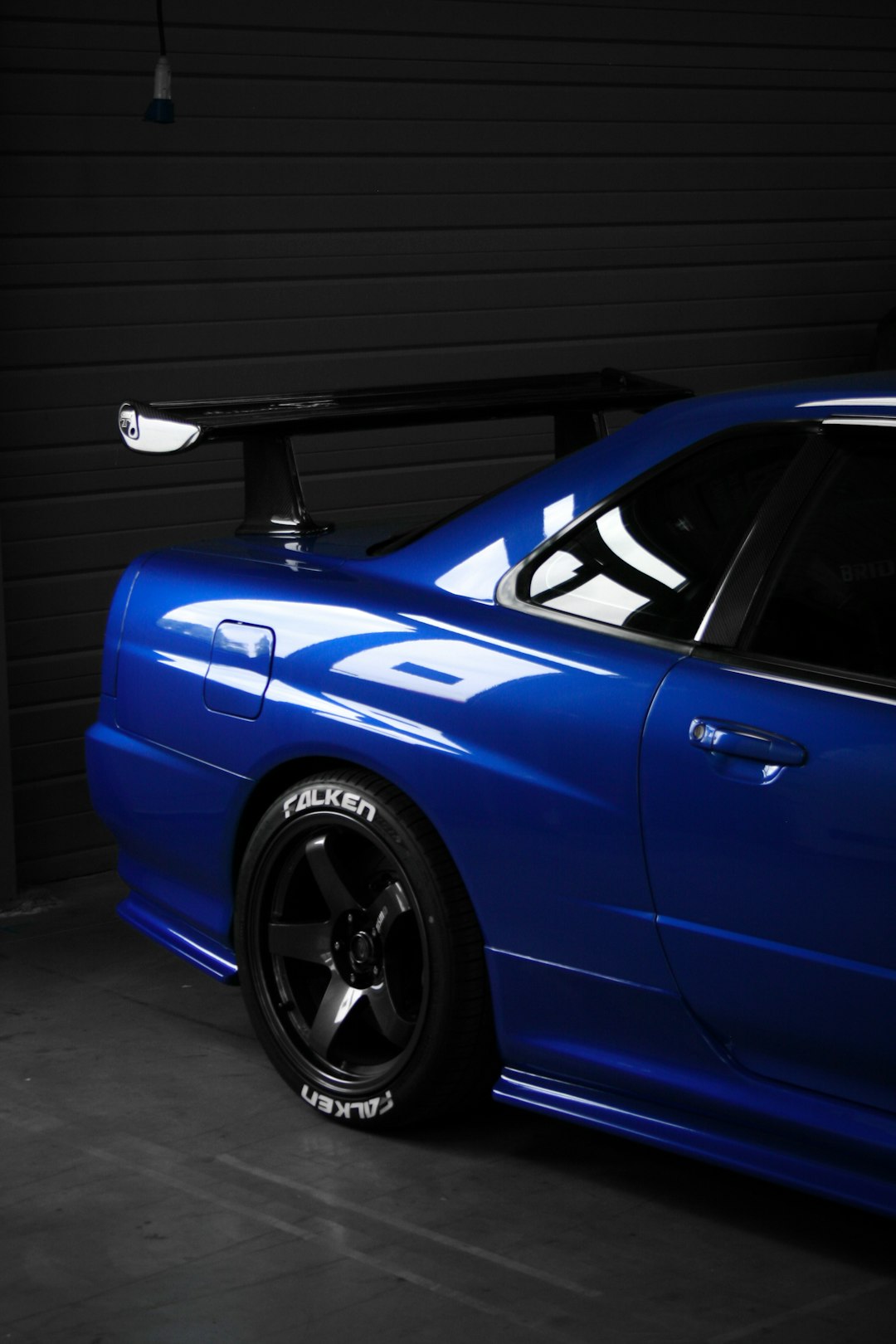
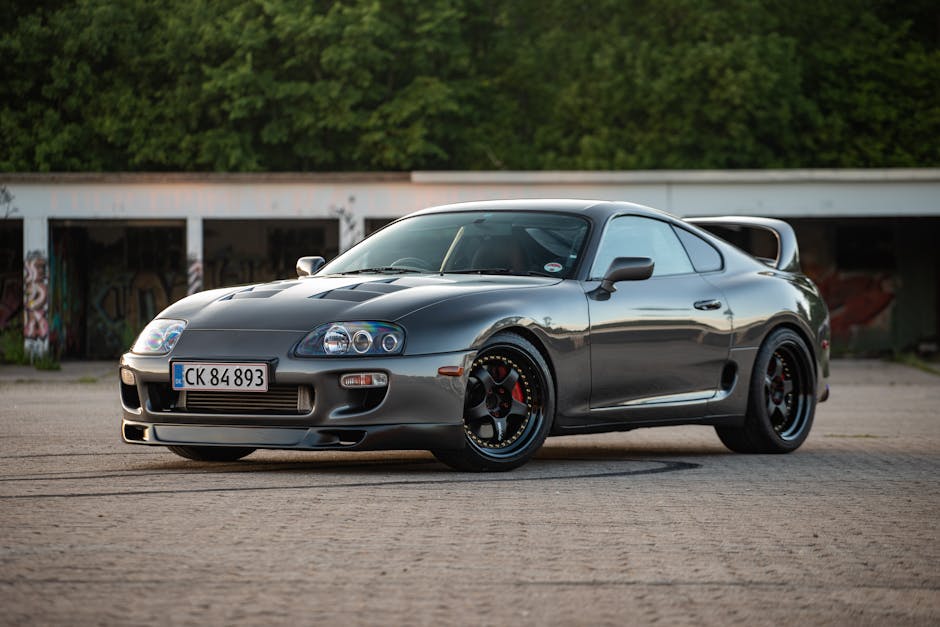
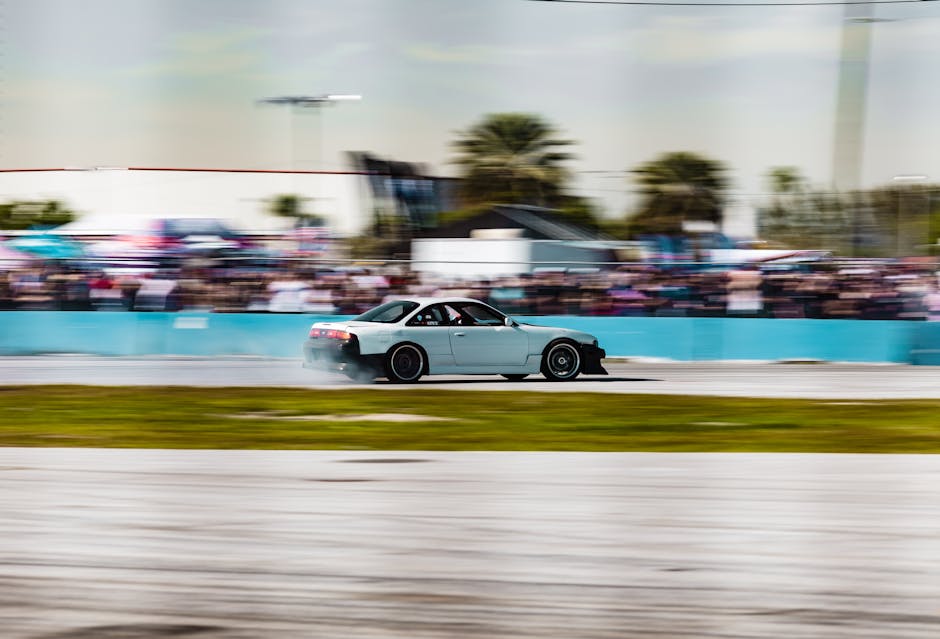
Add your first comment to this post